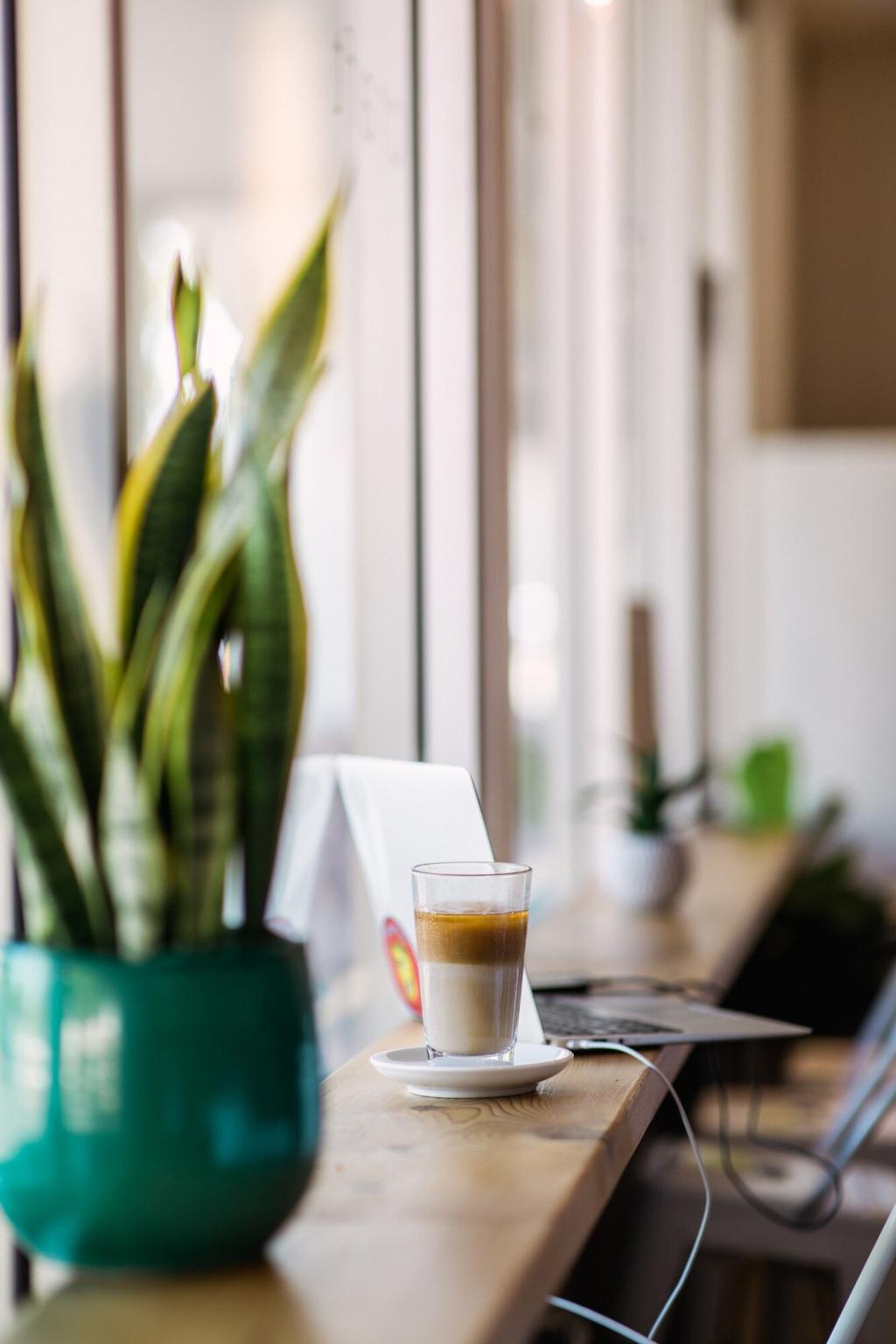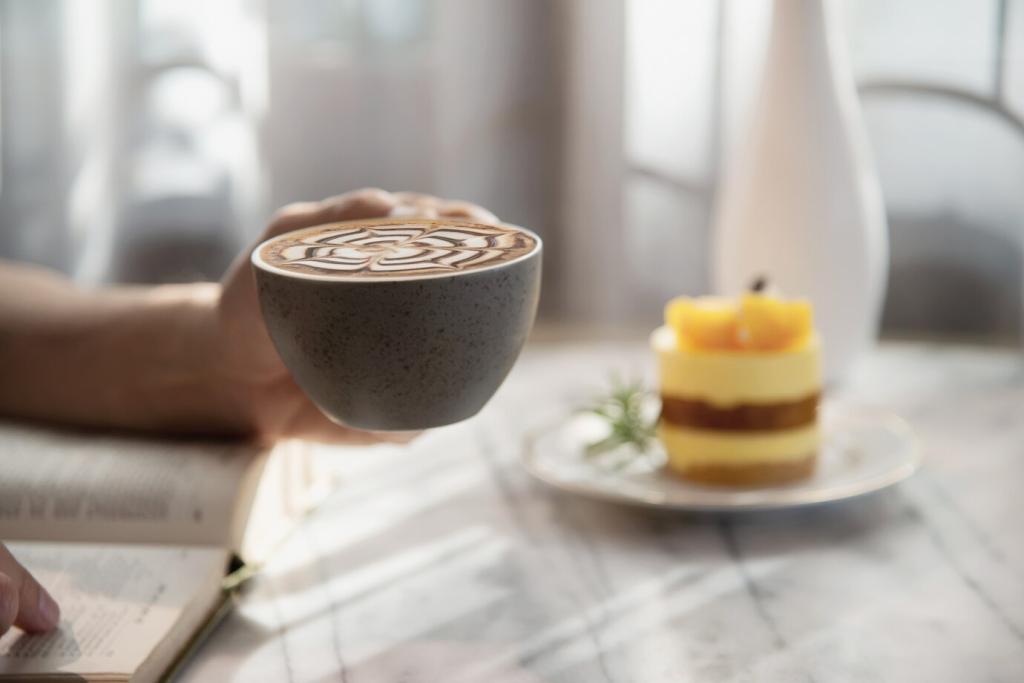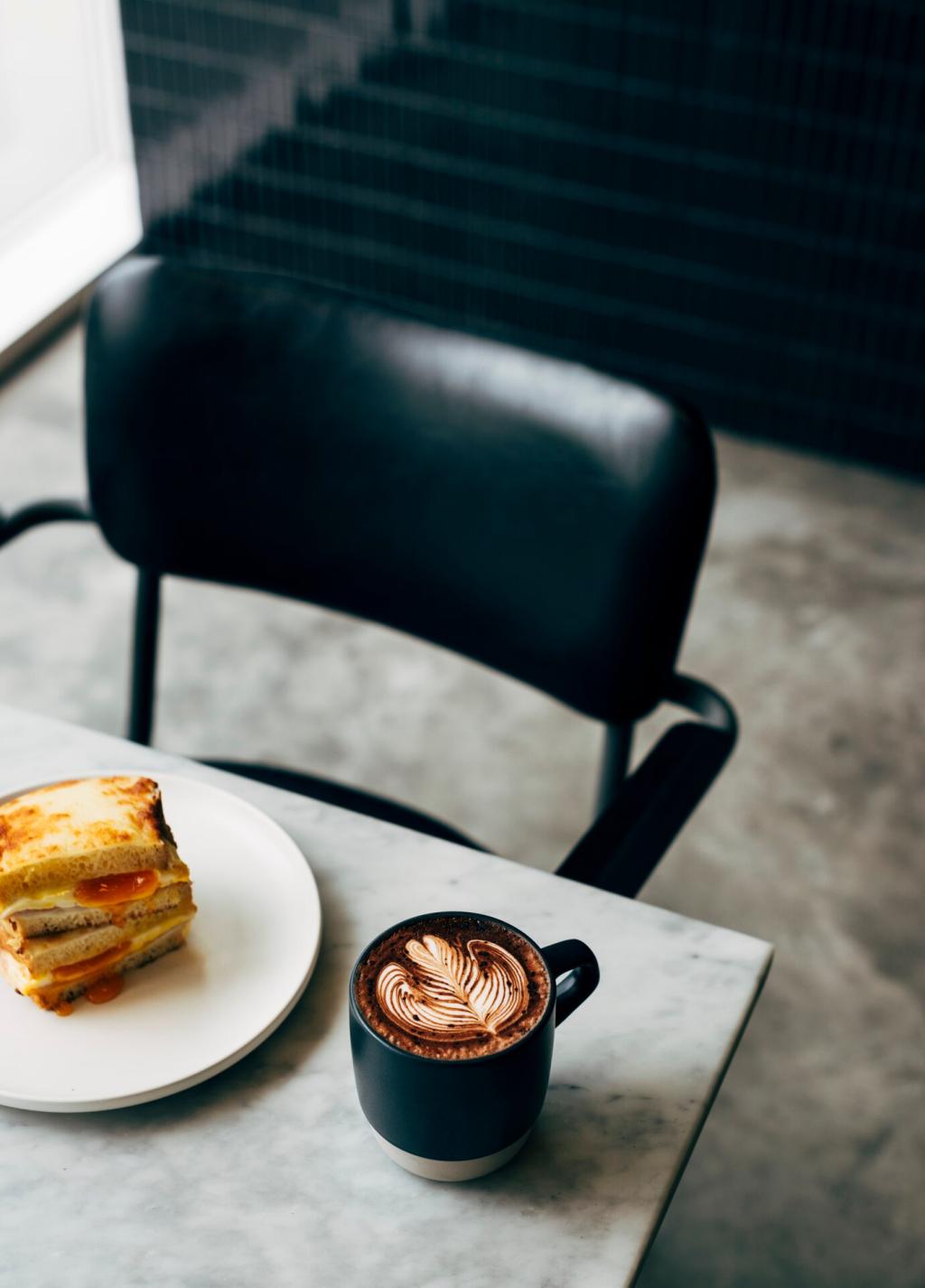Accessibility and Inclusivity by Design
Keep aisles wide and free of snag points; choose counters with dual heights so ordering and pickup are comfortable for everyone. Place water stations and condiments within easy reach. Inclusion is not an add-on—it’s the core of what an open coffee shop promises.
Accessibility and Inclusivity by Design
Pair a friendly, visible bar with thoughtful alternatives: high-contrast menus, clear type, mobile pre-order, and a quiet corner pickup shelf. Consider hearing loops or text-to-order for noisy rushes. Tell us which options make your experience smoother—we’ll feature community insights in future posts.
Accessibility and Inclusivity by Design
Use consistent pictograms, floor texture cues where helpful, and lighting that gently highlights destinations. The best sign is the one you understand without thinking. When wayfinding is intuitive, the open room feels safe, welcoming, and beautifully simple from first step to final sip.







